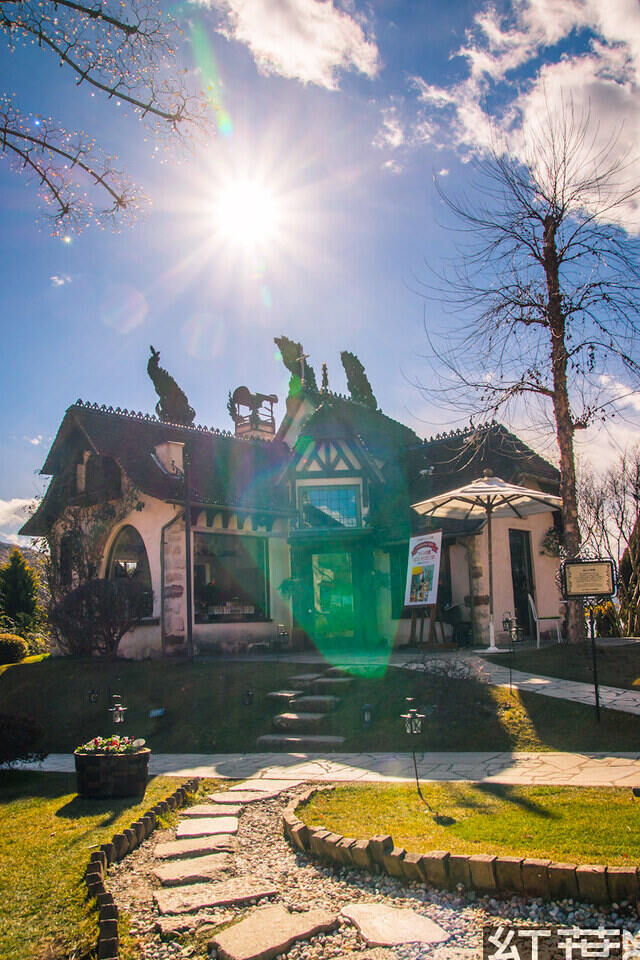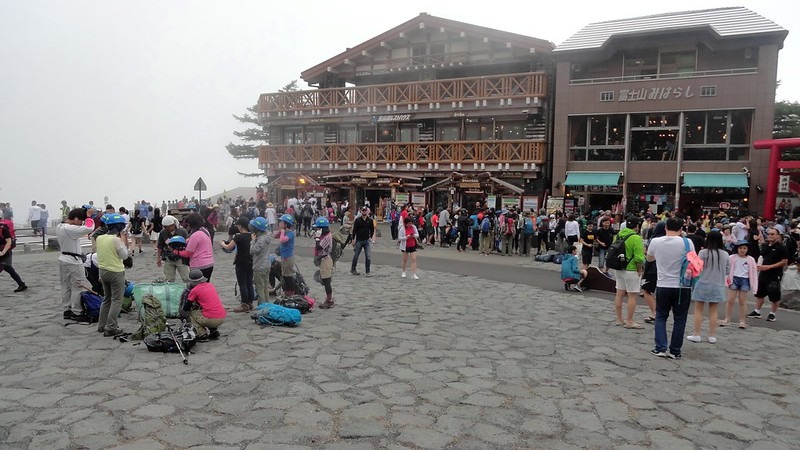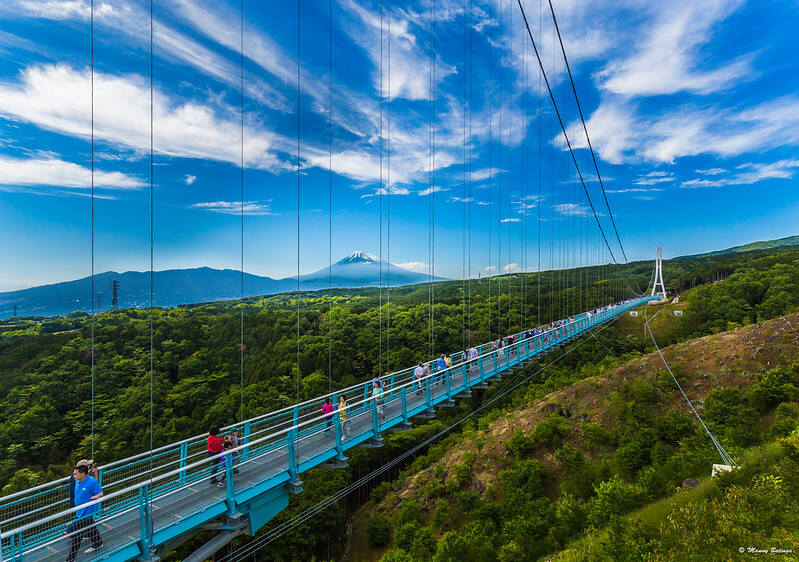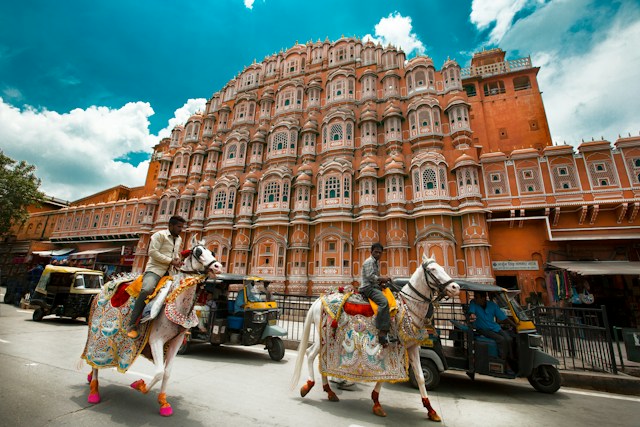
Chureito Pagoda
Admire the iconic view of Mt. Fuji framed by the Chureito Pagoda, located in Arakurayama Sengen Park. The pagoda’s red structure adds a touch of traditional elegance to the awe-inspiring landscape.

Lake Kawaguchi
Experience the beauty of Lake Kawaguchi, one of the Fuji Five Lakes, offering tranquil shores and stunning reflections of Mt. Fuji. Explore lakeside attractions, hot spring resorts, and outdoor activities.

Hakone
Discover the nearby town of Hakone, renowned for its hot springs, art museums, and scenic views of Mt. Fuji. Take a cruise on Lake Ashi or enjoy the vistas from the Hakone Ropeway.



















